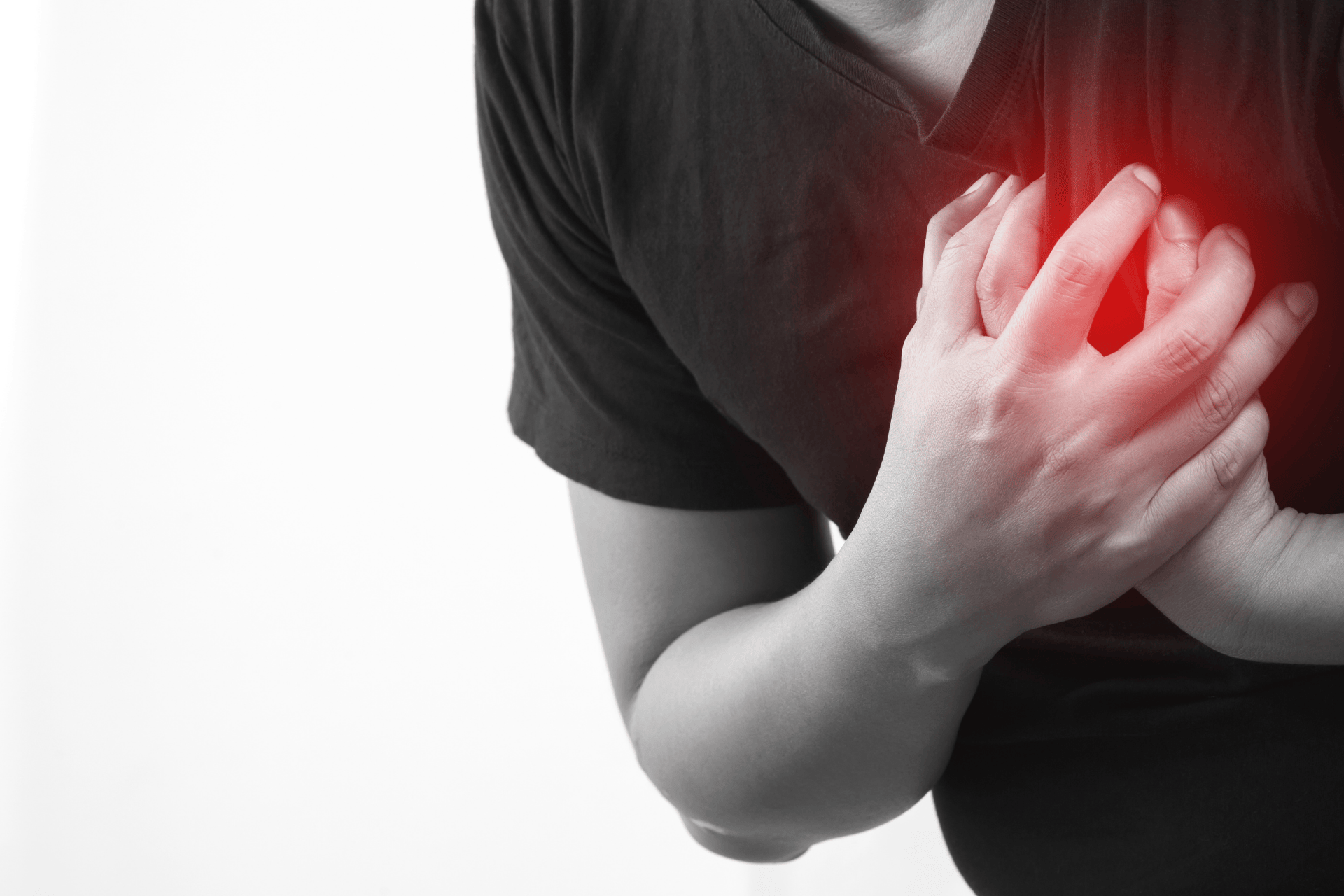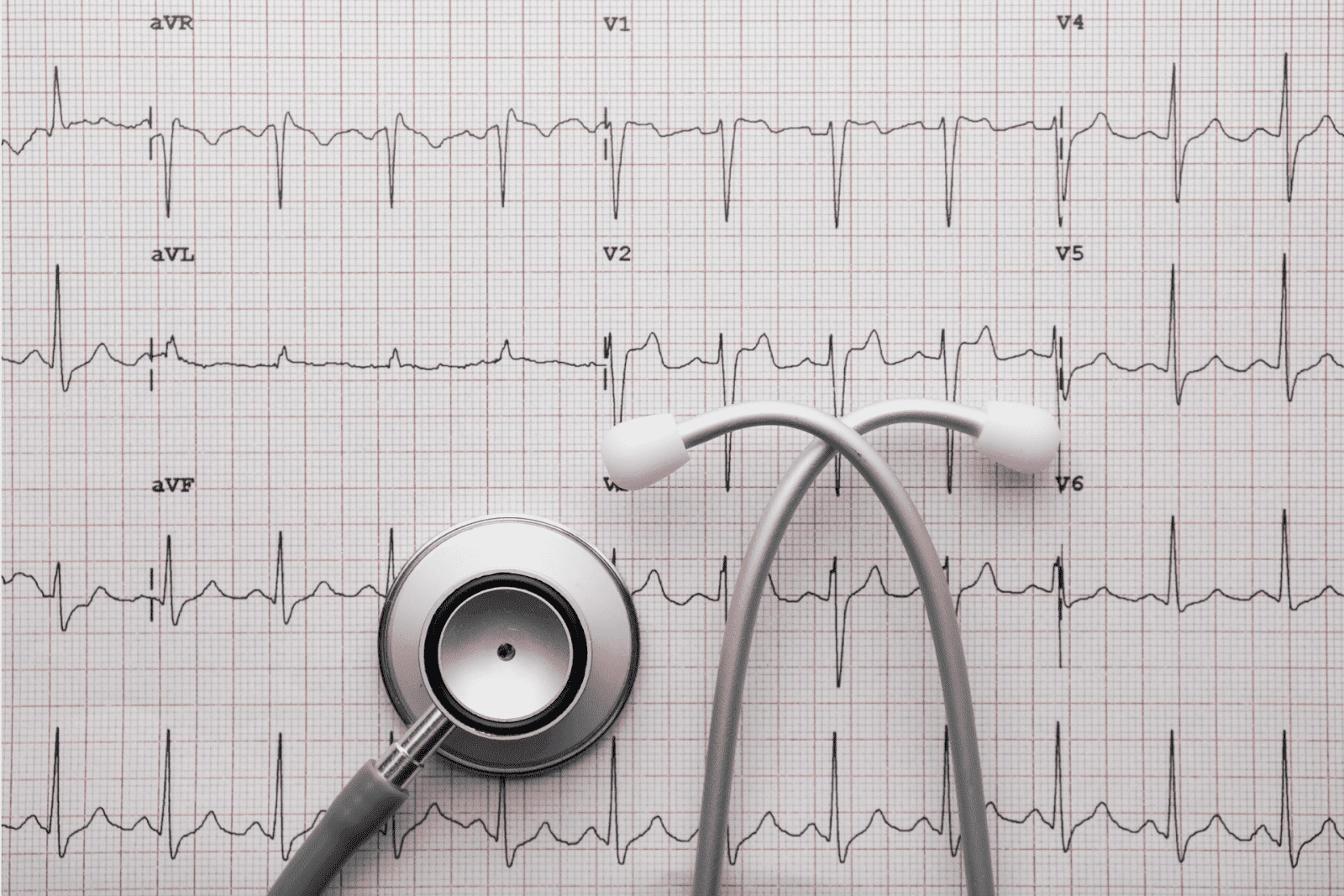What Happens at a Chest Pain Center?
Understanding the Role of a Chest Pain CenterChest pain is one of the most alarming symptoms a person can experience. It often signals a potential heart problem, but it can [...]
Read More
Medically reviewed by Abhijit Bhattacharyya | MD, PhD, MBA, Tufts University School of Medicine - Miami, Florida on November 6th, 2025.
Chest pain is one of the most alarming symptoms a person can experience. It often signals a potential heart problem, but it can also arise from other causes such as lung issues, digestive problems, or muscle strain. Because chest pain can indicate a life-threatening condition, specialized facilities called chest pain centers have been developed to provide rapid and accurate diagnosis and treatment. If you think you are having a heart attack, go immediately to the ER or a chest pain center.
A chest pain center is a medical facility designed to evaluate and manage patients who arrive with chest pain or symptoms suggestive of acute coronary syndrome. These centers are equipped with advanced diagnostic tools and staffed by specialists trained to quickly determine the cause of chest pain and initiate appropriate care. The goal is to reduce the time to treatment, improve outcomes, and prevent unnecessary hospital admissions.
For anyone experiencing chest pain, knowing what to expect at a chest pain center can reduce anxiety and help patients engage actively in their care. This article explores the typical process, tests, and treatments involved at a chest pain center, and highlights how telehealth services like Doctronic.ai can complement in-person care.
Upon arrival at a chest pain center, patients are typically assessed through a series of triage steps that prioritize their condition based on severity. Medical professionals will conduct a thorough history and physical examination, often accompanied by an electrocardiogram (ECG) to monitor heart activity. This immediate assessment is crucial, as it helps to identify whether the chest pain is cardiac-related or due to other non-cardiac issues. In many cases, blood tests are also performed to check for markers that indicate heart damage, such as troponin levels, which can provide critical information about the patient's heart health.
In addition to the standard diagnostic procedures, chest pain centers often utilize advanced imaging techniques such as chest X-rays, CT scans, or echocardiograms to gain a clearer picture of the patient's condition. These tests can reveal underlying issues such as blockages in the coronary arteries or structural abnormalities of the heart. Furthermore, the multidisciplinary team at these centers may include cardiologists, radiologists, and emergency medicine specialists, all collaborating to ensure that patients receive comprehensive care tailored to their specific needs. This integrated approach not only enhances the accuracy of diagnoses but also streamlines the treatment process, allowing for timely interventions that could be life-saving.
 Initial Assessment and Triage
Initial Assessment and TriageWhen a patient arrives at a chest pain center, the first step is a rapid assessment by medical staff. This includes taking vital signs such as blood pressure, heart rate, respiratory rate, and oxygen saturation. The healthcare team will also gather a detailed history of the chest pain—its onset, duration, character, and any associated symptoms like shortness of breath, sweating, nausea, or dizziness.
This initial triage is critical because chest pain can stem from a variety of causes, some of which require immediate intervention. The staff will also inquire about risk factors such as age, smoking, diabetes, high blood pressure, and family history of heart disease. This information helps prioritize patients who may need urgent testing and treatment.
Before or after arriving at a chest pain center, patients can benefit from telehealth consultations to better understand their symptoms. Doctronic.ai provides free AI-driven doctor visits that analyze symptoms using the latest peer-reviewed medical research. This can help patients decide whether to seek immediate in-person care or manage less urgent concerns remotely.
One of the first and most important tests performed is an electrocardiogram. The ECG records the electrical activity of the heart and can reveal signs of a heart attack, ischemia (reduced blood flow), or arrhythmias. It is a quick, non-invasive test that provides crucial information within minutes.
Chest pain centers often have the capability to perform ECGs immediately upon patient arrival, allowing rapid decision-making. If the ECG shows abnormalities suggestive of a heart attack, the patient is usually moved to emergency treatment without delay.
 Blood Tests for Cardiac Markers
Blood Tests for Cardiac MarkersBlood tests are used to detect cardiac biomarkers such as troponin, which indicate heart muscle damage. These tests are typically done at intervals to monitor changes over time. Elevated troponin levels strongly suggest a heart attack or injury to the heart muscle.
Chest pain centers coordinate these blood tests efficiently, often with results available within an hour. This helps doctors confirm or rule out acute coronary syndrome and decide the next steps in care.
Depending on initial findings, further imaging may be performed. This can include chest X-rays to evaluate the lungs and heart size, echocardiograms to assess heart function, or stress tests to observe the heart under exertion. Advanced centers may also use CT scans or cardiac catheterization to get detailed views of the coronary arteries.
If a heart attack or other urgent cardiac condition is diagnosed, chest pain centers are equipped to provide immediate treatment. This may involve medications such as aspirin, nitroglycerin, or clot-busting drugs, and in some cases, emergency procedures like angioplasty to open blocked arteries.
Rapid treatment is essential to minimize heart damage and improve survival rates. Chest pain centers work closely with emergency departments and cardiology teams to ensure seamless care.
For patients whose chest pain is not immediately life-threatening, the center may admit them for observation and further testing. This helps rule out serious conditions that might not be apparent initially. During this time, doctors monitor symptoms and repeat tests as needed.
Patients with non-cardiac causes of chest pain, such as acid reflux or musculoskeletal issues, receive appropriate treatment and advice before discharge.
After discharge from a chest pain center, ongoing care is vital to manage underlying health conditions and prevent future episodes. This often includes medication adherence, lifestyle changes, and regular check-ups with a primary care provider or cardiologist.
Telehealth platforms like Doctronic.ai offer an excellent resource for follow-up consultations. Patients can access affordable, convenient video visits with licensed doctors 24/7 across all 50 states. This allows continuous monitoring and quick responses to any new symptoms or concerns without the need for in-person visits.
While chest pain centers provide critical in-person evaluation and treatment, AI-powered telehealth services bring unique advantages to patient care. Doctronic.ai, for example, offers free AI doctor visits that synthesize the latest medical research to provide fast, accurate answers to health questions. This technology remembers each patient’s history, offering personalized advice every time.
For patients experiencing chest discomfort or related symptoms, starting with an AI consultation can help determine urgency and guide next steps. It also offers peace of mind and expert support between visits, ensuring no question goes unanswered.
Chest pain centers are a vital part of the healthcare system, providing expert, timely care for potentially life-threatening conditions. Understanding what happens during a visit can empower patients to seek help promptly and engage actively in their treatment.
Combining the strengths of specialized chest pain centers with innovative telehealth platforms like Doctronic.ai creates a comprehensive approach to heart health. This integration supports faster diagnosis, smarter treatment decisions, and more personal care, ultimately improving outcomes for millions of people.
If you or a loved one experiences chest pain, do not hesitate to seek immediate medical attention. For ongoing support and guidance, consider leveraging AI-powered telehealth services to stay informed and connected with modern medicine’s best minds.
When it comes to chest pain or any health concerns, timely and personalized care is crucial. Doctronic, the #1 AI Doctor, offers you just that with our revolutionary AI-powered telehealth services. Get instant, free AI doctor visits that provide you with accurate, peer-reviewed medical advice, and follow up with a convenient telehealth video visit with our doctors for less than $40. With over 10 million satisfied users and availability across all 50 states, Doctronic is transforming the way you access healthcare. Skip the line. Talk to an AI Doctor Now, for free.
Understanding the Role of a Chest Pain CenterChest pain is one of the most alarming symptoms a person can experience. It often signals a potential heart problem, but it can [...]
Read More